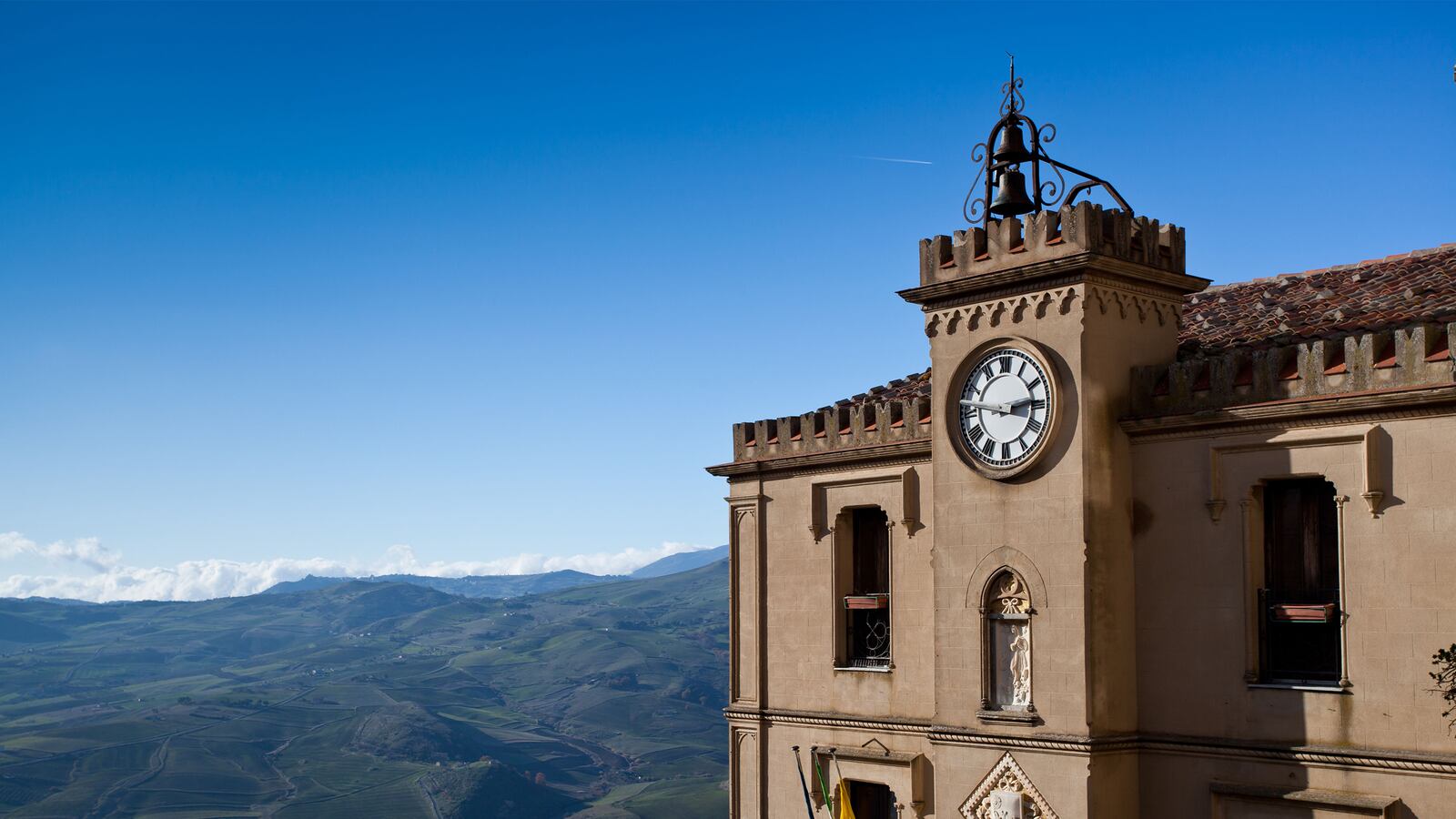A historic hilltop village in Sicily is selling homes for $1.25 each in exchange for long-term investment and restoration. On the mainland, the Italian Alpine village of Calsazio, whose population has shrunk from 100 to just eight, was put up for auction on eBay for $300,000.
These days cash-strapped Italy is handing out restoration initiatives to just about anyone willing to pay the bill. The truth is, without the historic sites that bring in millions in tourists and euros, Italy’s staggering economic woes would be even graver. But while restoration is important, what these initiatives lack is a master conservation plan. A long-term management roadmap is crucial for the protection of historic sites, one built in concert with experts and the local community. That is the path followed by the nonprofit Global Heritage Fund as it raises funds to protect historic sites.
That doesn’t seem to be the case in Turkey, where the Culture and Tourism Ministry announced an auction in late October to rent out Kayaköy—one of the most intriguing cultural heritage sites along the country’s Mediterranean coast—for 49 years in return for its restoration. Part of the 5,000-year-old deserted Greek town’s archaeological site also will be open to restoration. Turkish officials have estimated the project cost at 10.5 million euros, and two companies have already expressed interest in the mega-restoration project. But plans to build a hotel and tourist facilities over one-third of the village have raised local preservation concerns. The Facebook page Save Kayaköy has launched a petition calling for the 500 ruined homes, five churches, and the chapels to be preserved as one historical monument.
In Saudi Arabia, meanwhile, the modern restorations in Mecca seek to erase and unbound design plans from history and authenticity, writes Ziauddin Sardar in The New York Times. The city, one of the world’s greatest pilgrimage sites, was once known for its grandeur and ancient architecture. Travelers collapsed at the entrance to the city or lost consciousness in front of the holy mosque, having endured so much on their holy journey that they arrived with their last breath. Now the city fills with travelers on package tours who stay at ultra-modern hotels and spend their money at glittering malls. The idea that this journey is being transformed into a “pay-per-prayer” weekend, as Sardar notes, is heart wrenching and worrying.
There is a reason these sites have lasted as long as they have. The loss of authenticity is equal to loss of the whole site as a cultural resource—its entire DNA is altered. And the use of traditional materials to restore and preserve historic monuments, sites, and entire cities is the very foundation of authentic preservation and conservation science.
When owners of historic homes in Transylvania restored them using modern materials such as cement and plastic, void of any historic connection to the original design, their value was diminished and the landscape as a whole was endangered. Working to reverse the trend, the Global Heritage Fund, together with its Romanian partners Asociata Monumentum and ARTTA, has organized workshops to preserve Transylvania’s architectural heritage, helping homeowners learn hands-on guidelines to authentic preservation. In parallel, they are building new kilns to produce traditional tiles and bricks. Careful planning will ensure that one of Europe’s last medieval landscapes will not only survive but thrive.
In Beijing, UNESCO recently held an official ceremony to announce the Conservation Management Guidelines for the Traditional Courtyard Houses and Environment at one of China’s last remaining ancient walled cities. Pingyao is an exceptionally preserved, living historic city with majestic ancient walls wrapped around the historic streets, courtyards, homes, and temples. Its unique urban context offers important insight to its social, economic, and cultural development. It was here that China’s first banking system was founded, in courtyard structures intact today.
The challenge at Pingyao has been to balance its preservation as a living historic city while accommodating modern needs like development regulations and improved water supply. The road to achieving the conservation guidelines was long. Proper planning, partnership, intercultural dialogue, and a lot of faith brought us to this moment. The team understood early on that local residents must be factored in as key stakeholders. Without the community, the ultimate destiny of any preservation project, no matter how ambitious, will be short-lived.
The new guidelines offer basic working tools for local authorities to leverage preservation and development; upgrade homes for contemporary use and living standards; and manage tourism while respecting the integrity and authenticity of the living city.
If faith and authenticity have helped Mecca remain a site of holy pilgrimage for thousands of years, perhaps they are the very values that may save what remains of the holy city. That—and a good set of preservation guidelines.
These cases demonstrate how governments struggle to preserve historic sites. Balancing preservation and development in a system of heritage economics requires long-term commitment, investment, and partnership.
We cannot expect to have a casual relationship with heritage. Our relationship with our past determines how we move into the future. If we enter with hammer in hand, we may leave with merely dust and rubble on our faces. That is perhaps the irony of heritage, placed on a pedestal so high that it self-destructs or we, as the architects of our civilization, lose sight of reality. If we enter with science and respect, the payoff will last generations.






